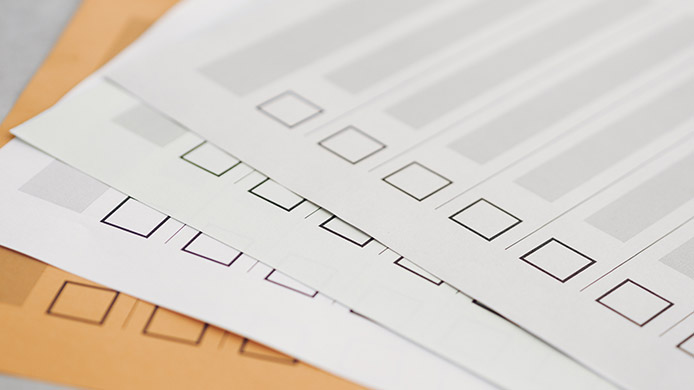
Welcome to Penbrook
Mobile Office Hours
State Senator Patty Kim
2nd Wednesday of every month starting April 9th. 10am - 12pm at the Penbrook Borough Administration Office
Welcome to Penbrook
Mobile Office Hours
State Senator Patty Kim
2nd Wednesday of every month starting April 9th. 10am - 12pm at the Penbrook Borough Administration Office
The Penbrook Borough Police Department is currently accepting applications for the position of full-time police officer from any Act 120 certified persons. The department is an accredited agency with 8 full-time and 2 part-time officers. Applications for the position may be obtained from either the borough office or downloaded from the Link. The applications must be dropped off in person during the office hours of 8:30am and 4:30pm, Monday through Friday or alternative arrangements made with the Chief of Police. A non-refundable testing fee of $20.00 must accompany the application. The borough does not accept credit cards. The borough office is located at 150 South 28th Street, Harrisburg, PA 17103. Checks are to be made payable to Penbrook Borough.
Penbrook Borough News
Agenda for the Sept 2 Borough Council Meeting
www.penbrook.org/wp-content/uploads/2025/08/9-2-25-Council-Agenda.pdf ..
... See MoreSee Less
- likes 0
- Shares: 0
- Comments: 0
0 CommentsComment on Facebook
The administrative office will be closed on Monday Sept 1st in observance of Labor day ... See MoreSee Less
0 CommentsComment on Facebook
Agenda for August 25 Borough Budget Meeting
www.penbrook.org/wp-content/uploads/2025/08/8-25-25-Agenda.pdf ..
... See MoreSee Less
0 CommentsComment on Facebook
Penbrook Borough Fall 2025 Newsletter
www.penbrook.org/wp-content/uploads/2025/08/2025-Fall-Newsletter.pdf ..
... See MoreSee Less
0 CommentsComment on Facebook
Agenda for August 20 Borough Stormwater Authority Meeting.
www.penbrook.org/wp-content/uploads/2025/08/8-20-25-SWA-Agenda.pdf ..
... See MoreSee Less
0 CommentsComment on Facebook
Upcoming Events
Penbrook Police / Fire News
Stabbing - The Penbrook Police Department is actively investigating a stabbing incident that occurred on August 12, 2025. The victim's injurie... ... See MoreSee Less
3 CommentsComment on Facebook
Earlier today, two members started the process of drivers training on engine 301 and one became one step closer to becoming a driver.
Interested in joining? Send us an email at penbrookfire30@gmail.com
... See MoreSee Less


0 CommentsComment on Facebook
We would like to take this time to welcome our new probationary firefighters that were recently voted into the company:
ChaQuan Steele
Steven Keister
Joshua Kendall
Interested in joining? Send us an email at penbrookfire30@gmail.com
... See MoreSee Less

1 CommentsComment on Facebook
Bell, Jeffery - FAILURE TO COMPLY WITH 42 PA.C.S. CH.97 REGISTRATION REQUIREMENTS (MEGAN'S LAW VOLATION) - Jeffery Bell is required to register under Megan’s Law due to previous convictions for Rape and Unlawful Contact with a Minor . Mr. Bell ... ... See MoreSee Less

WARRANT: Bell, Jeffery - FAILURE TO COMPLY WITH 42 PA.C.S. CH.97 REGISTRATION
dauphin.crimewatchpa.com
Jeffery Bell is required to register under Megan’s Law due to previous convictions for Rape and Unlawful Contact with a Minor. Mr. Bell has failed to update his registration as required by law.0 CommentsComment on Facebook

The Penbrook Police Department has partnered with CARFAX to disseminate all traffic accident reports online. Please click the above banner to purchase a copy of your accident report.












